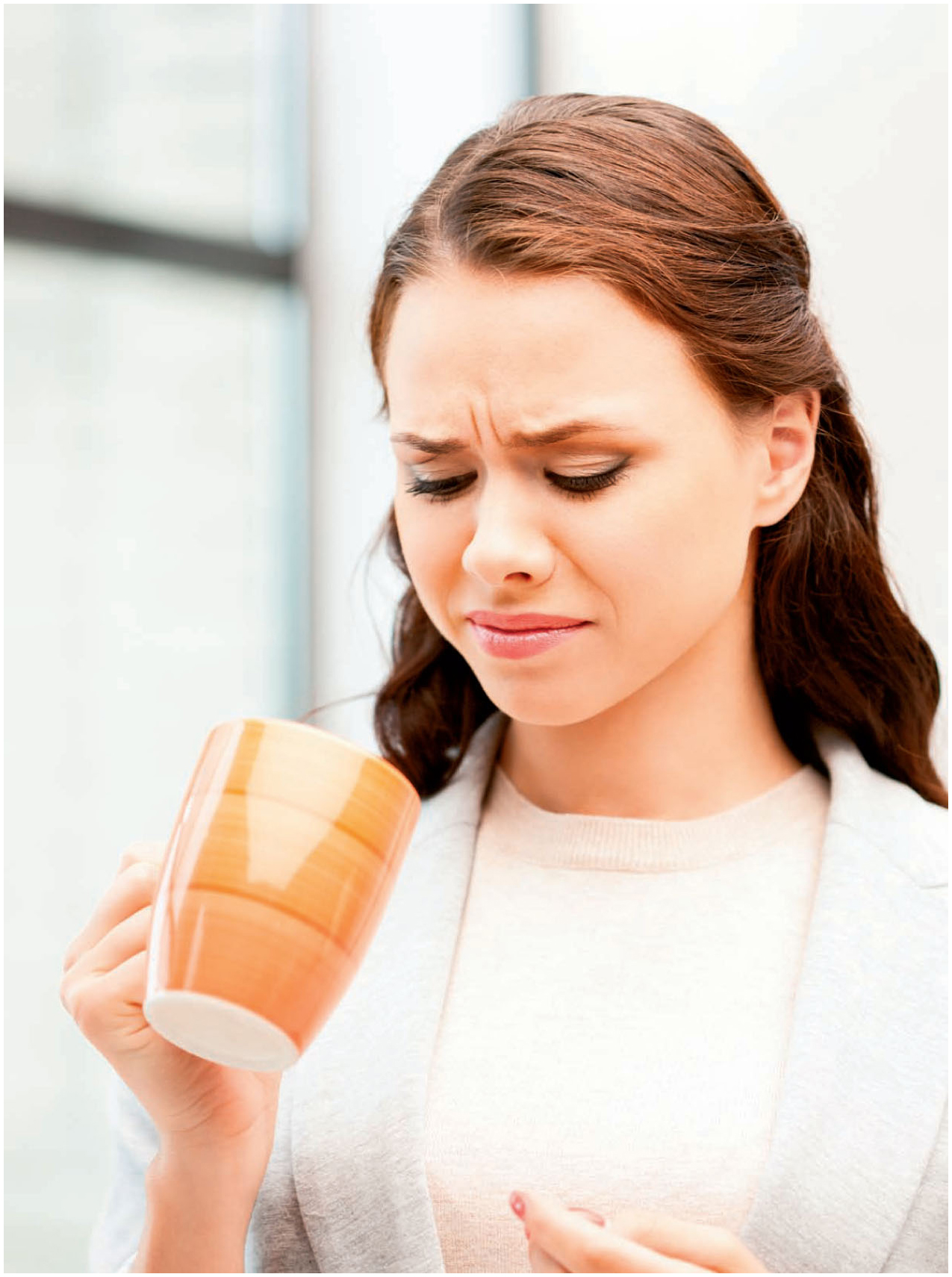 Claims in the Product Recall segment tend to be substantial, as the dollar losses—especially in the food & beverage industry—are typically large and the repercussions extreme, experts say.
Claims in the Product Recall segment tend to be substantial, as the dollar losses—especially in the food & beverage industry—are typically large and the repercussions extreme, experts say.
“We're not looking necessarily at frequency,” says Bernie Steves, managing director of Aon Risk Solutions' Crisis Management Group. “We're looking at severity.”
Most large food & beverage companies are looking to insure against potential Product Recall or Product Contamination losses that could range from $5 million to $20 million on a single claim, he notes.
Recommended For You
Want to continue reading?
Become a Free PropertyCasualty360 Digital Reader
Your access to unlimited PropertyCasualty360 content isn’t changing.
Once you are an ALM digital member, you’ll receive:
- Breaking insurance news and analysis, on-site and via our newsletters and custom alerts
- Weekly Insurance Speak podcast featuring exclusive interviews with industry leaders
- Educational webcasts, white papers, and ebooks from industry thought leaders
- Critical converage of the employee benefits and financial advisory markets on our other ALM sites, BenefitsPRO and ThinkAdvisor
Already have an account? Sign In Now
© 2025 ALM Global, LLC, All Rights Reserved. Request academic re-use from www.copyright.com. All other uses, submit a request to [email protected]. For more information visit Asset & Logo Licensing.








